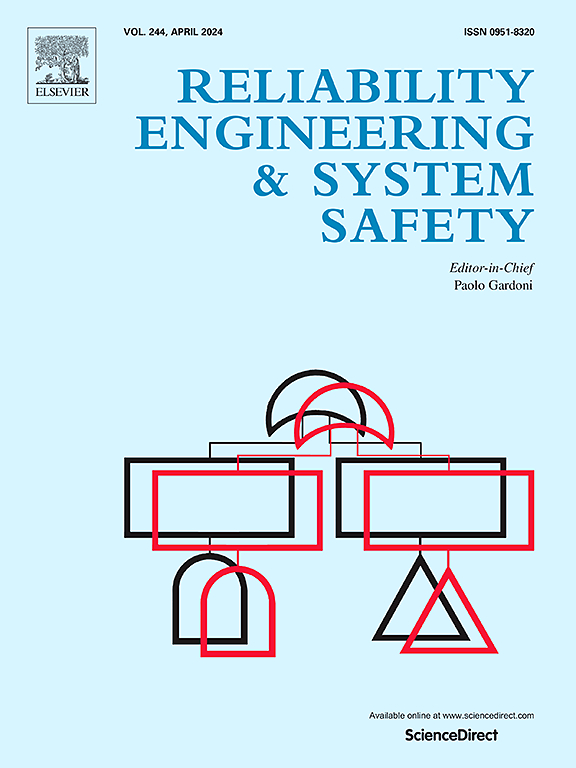Effects of inhomogeneity and statistical and material anisotropy on THM simulations
IF 9.4
1区 工程技术
Q1 ENGINEERING, INDUSTRIAL
引用次数: 0
Abstract
When modeling the material properties of host rocks for thermo-hydro-mechanical simulations in barrier integrity investigations for deep geological disposal of radioactive waste, numerous modeling aspects must be considered. If complete information were available, the material properties would be functions of space, with inhomogeneity and anisotropy expressed by spatially varying and tensor-valued coefficients. In practice, uncertainty is present in particular related to spatial variability of physical properties. This variability can be modeled by random fields, whose realizations are functions of space. A common choice is a Gaussian random field, determined by its mean and two-point covariance function. Anisotropy can occur both in the statistical covariance structure, resulting in different correlation lengths along principal axes, and in the physical properties themselves, leading to tensor-valued random fields. In this study, we focus on both cases, considering dominant material properties such as thermal conductivity, intrinsic permeability, and Young’s modulus, and present numerical simulations illustrating the effects of inhomogeneity, randomness, and anisotropy. Since spatial variability is a key feature in the analysis of in-situ data, this study quantifies the individual contribution of each of the listed effects in a well-controlled synthetic case and discusses them in the context of scale.
求助全文
约1分钟内获得全文
求助全文
来源期刊

Reliability Engineering & System Safety
管理科学-工程:工业
CiteScore
15.20
自引率
39.50%
发文量
621
审稿时长
67 days
期刊介绍:
Elsevier publishes Reliability Engineering & System Safety in association with the European Safety and Reliability Association and the Safety Engineering and Risk Analysis Division. The international journal is devoted to developing and applying methods to enhance the safety and reliability of complex technological systems, like nuclear power plants, chemical plants, hazardous waste facilities, space systems, offshore and maritime systems, transportation systems, constructed infrastructure, and manufacturing plants. The journal normally publishes only articles that involve the analysis of substantive problems related to the reliability of complex systems or present techniques and/or theoretical results that have a discernable relationship to the solution of such problems. An important aim is to balance academic material and practical applications.
 求助内容:
求助内容: 应助结果提醒方式:
应助结果提醒方式:


